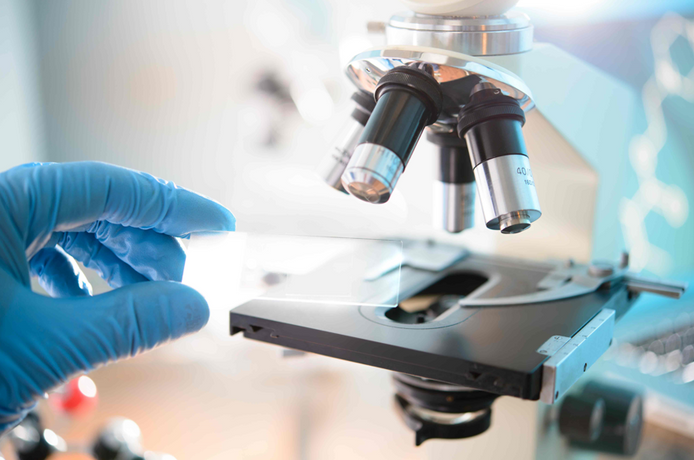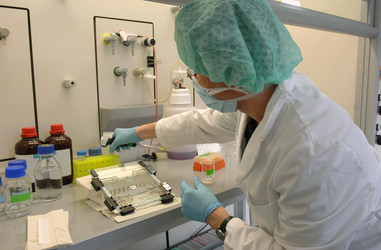- No products in the cart.
In the dynamic landscape of healthcare innovation, the journey from a groundbreaking idea to the tangible reality of a medical device is a challenging yet rewarding adventure. Medical device startups play a crucial role in advancing patient care, pushing the boundaries of technology, and addressing unmet medical needs. This blog explores the multifaceted journey that entrepreneurs and visionaries undertake to transform a concept into a life-changing medical device.
Conception of the Idea
Every great venture starts with an idea, and in the realm of medical devices, this idea often stems from a deep understanding of the healthcare landscape. It could be inspired by a personal experience, an observation of a gap in existing treatments, or a technological breakthrough with the potential to revolutionize patient care.
Entrepreneurs in the medical device space must not only be innovative thinkers but also possess a keen awareness of the clinical and regulatory aspects of healthcare. The conception of the idea is just the beginning, as the road ahead involves navigating a complex web of challenges.
Research and Development
Once the idea takes root, the next crucial step is research and development (R&D). This phase involves transforming a conceptual design into a functional prototype through rigorous testing and refinement. Collaborations with engineers, medical professionals, and other experts become instrumental in shaping the device's features and functionality.
Moreover, successful medical device startups prioritize compliance with regulatory standards from the early stages of R&D. Understanding and adhering to regulatory requirements ensures a smoother path through the approval processes later on.
Funding and Investment
Securing funding is a pivotal stage in the journey from idea to reality. Medical device development demands significant financial resources to cover R&D, prototyping, testing, and regulatory compliance. Entrepreneurs often seek funding through various channels, including venture capital, angel investors, government grants, and crowdfunding.
The ability to convey the potential impact of the medical device, both clinically and commercially, is crucial in attracting investors. A well-thought-out business plan, backed by a compelling narrative, can make all the difference in securing the necessary funds to propel the startup forward.
Prototyping and Testing
With funding secured, the focus shifts to prototyping and rigorous testing. Prototypes allow the team to refine the design, functionality, and usability of the medical device. Testing is not only about ensuring that the device works as intended but also assessing its safety, reliability, and compatibility with existing healthcare systems.
Collaboration with regulatory bodies becomes more prominent during this phase, as startups need to demonstrate compliance with industry standards and regulations. The feedback received from testing informs further iterations and improvements, bringing the medical device closer to market readiness.
Regulatory Approval
One of the most challenging hurdles in the journey of a medical device startup is obtaining regulatory approval. Regulatory bodies, such as the Food and Drug Administration (FDA) in the United States, set stringent standards to ensure the safety and efficacy of medical devices.
The approval process involves submitting comprehensive documentation, clinical trial data, and evidence of compliance with regulatory requirements. Navigating this intricate process requires not only a deep understanding of regulatory standards but also meticulous attention to detail and a commitment to patient safety.
Manufacturing and Commercialization
Once regulatory approval is secured, the focus shifts to manufacturing and commercialization. Scaling up production, establishing supply chains, and forging partnerships with distributors are key components of this phase. The goal is to make the medical device accessible to healthcare providers and, ultimately, to patients in need.
Marketing and communication strategies come into play as the startup introduces the medical device to the market. Highlighting its unique features, clinical benefits, and potential impact on patient outcomes is crucial in gaining acceptance within the healthcare community.
Essential Supplies for Success: PPE, Lab Supplies, and Cleanroom Essentials
In the realm of medical device startups, success is not only contingent on innovation and regulatory compliance but also on having the essential tools and supplies to support the development process. Basic personal protective equipment (PPE), laboratory supplies, and cleanroom essentials are indispensable for a startup to navigate the intricate stages of research, development, and testing.
-
Personal Protective Equipment (PPE):
-
Laboratory Supplies:
- Pipettes, test tubes, and culture media are foundational tools for experimental work.
- These supplies facilitate the precise execution of tests and measurements critical to the development process.
-
- Essential for maintaining a controlled environment free from contaminants.
- Particularly crucial during the manufacturing and testing phases to ensure the integrity of the medical device.
A well-equipped startup, with a focus on safety and precision through PPE and lab supplies, combined with the controlled environment provided by cleanroom supplies, lays a solid foundation for successful medical device development.
Post-Market Surveillance and Iteration
The journey doesn't end with the commercial launch of the medical device. Post-market surveillance becomes an ongoing responsibility to monitor its real-world performance, identify any potential issues, and implement necessary improvements. Continuous iteration based on user feedback and evolving healthcare needs ensures the device remains at the forefront of innovation.
Are you a Med device Start Up? Lab Pro Can Help!
If you're navigating the challenging terrain of a startup medical device lab, Lab Pro is here to assist you every step of the way. Our extensive range of laboratory supplies, cleanroom essentials, and personal protective equipment (PPE) ensures that you have the tools necessary for successful research, development, and testing. Count on Lab Pro to be your reliable partner in creating a safe and well-equipped environment, allowing you to focus on turning your innovative ideas into impactful medical devices.
Conclusion
The journey from idea to reality for a medical device startup is a testament to the resilience, creativity, and determination of entrepreneurs in the healthcare industry. Navigating through the intricacies of R&D, funding, regulatory approval, and commercialization requires a multidisciplinary approach and a commitment to improving patient outcomes.
As medical device startups continue to push the boundaries of what is possible, their impact on healthcare is profound. These innovators play a vital role in shaping the future of medicine, bringing forth solutions that address unmet needs and contribute to the well-being of individuals worldwide. The journey may be challenging, but the potential to make a lasting impact on healthcare makes it a worthwhile endeavor for those with the vision and drive to transform ideas into reality.



















































